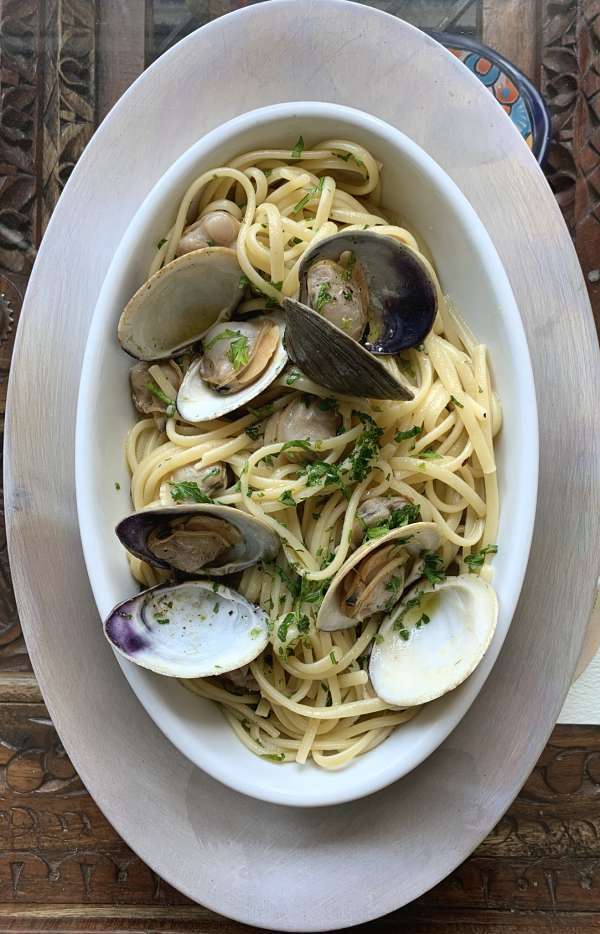When talking about Castilla-La Mancha, the first thing that comes to mind is Don Quixote. A land of nobles and knights, of castles and windmills where Cervantes’ main character lived out his adventures, many of them linked to the quality of La Mancha wines.
But what many people do not know is that we live in the world’s leading wine-producing region, with almost 500,000 hectares. It is a land that combines wine-growing tradition with a way of life that is very close to nature, the terroir, the countryside and the vineyard. It is a land that is reborn every spring with its vines. It is a land that lights up every August during the “envero” with the colour of its grapes. It is a land that lives in a special way every late summer with the grape harvest. It is a land that offers us all its splendour with every bottle of wine it produces. It gives us its life, its colour, and its aroma through its wines.
In this great region, there is room for 21 quality seals with 8 Denominations of Origin, which keep the essence of each terrain, climate and varieties; 1 Protected Geographical Indication that characterises in a singular way the peculiarities of the terrain; and up to 12 Pagos, whose particularities and characteristics of soil and micro climate give them a special and singular, almost supernatural, essence.
As can be imagined, it is tremendously complicated to describe not only each individual wine, but also the general characteristics of each of these labels. However, without attempt to be exhaustive and perhaps as a first approximation, in a general terms, each one of the Denominaciones de Origen has a character, a personality and a value that we have tried to include in the following points:
– DO Almansa: with grapes mainly of the Garnacha Tintorera and Monastrell varieties, with round wines with fruity nuances that lend themselves to a long maturation in wood and with low acidity notes.
– DO La Mancha: this is the broadest DO, producing wines ranging from young wines to grand reserves, including sparkling wines. It brings together up to 13 white and 15 red grape varieties, with Tempranillo being the dominant one.
– DO Manchuela: kingdom of the Bobal grape variety, which generally produces fresh, fruity rosés and fleshy, round reds that lend themselves to long maturation.
– DO Méntrida: with poor soils that produce light and fruity wines with moderate acidity, although with very good structure and mainly characterised by the Garnacha variety.
– DO Mondejar: which produces mostly whites based on the very fresh and fruity Macabeo variety, and reds whose main variety is Tempranillo, which gives its wines a special acidity.
– DO Rivera del Júcar: with balanced and aromatic whites based on Airen and very smooth and balanced reds based on Garnacha, with a pronounced acidity.
– DO Uclés: with whites based mainly on Chardonnay, fresh, acidic and easy to drink, and reds based mainly on Tempranillo, full-bodied, structured, with a certain bitterness and moderate acidity.
– DO Valdepeñas: with wines of high chromatic intensity, full-bodied and intense that age very well and are mainly based on Tempranillo.
Not much has been written about La Mancha wines, but we are sure that in the coming years they are destined to become an international benchmark, a product of the care for quality and the effort to enhance the value of land, world and territory that makes its wines its greatest exponent.







